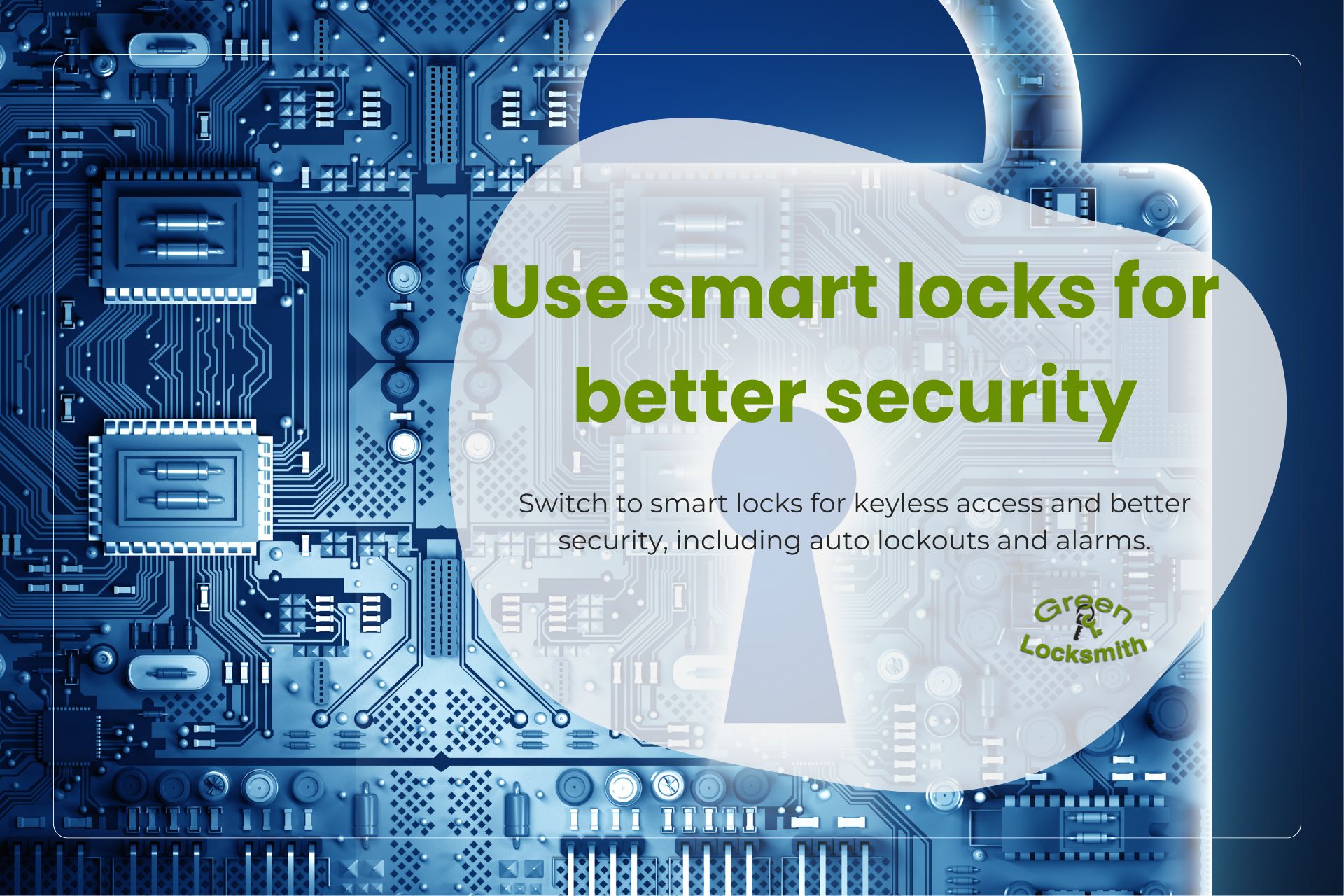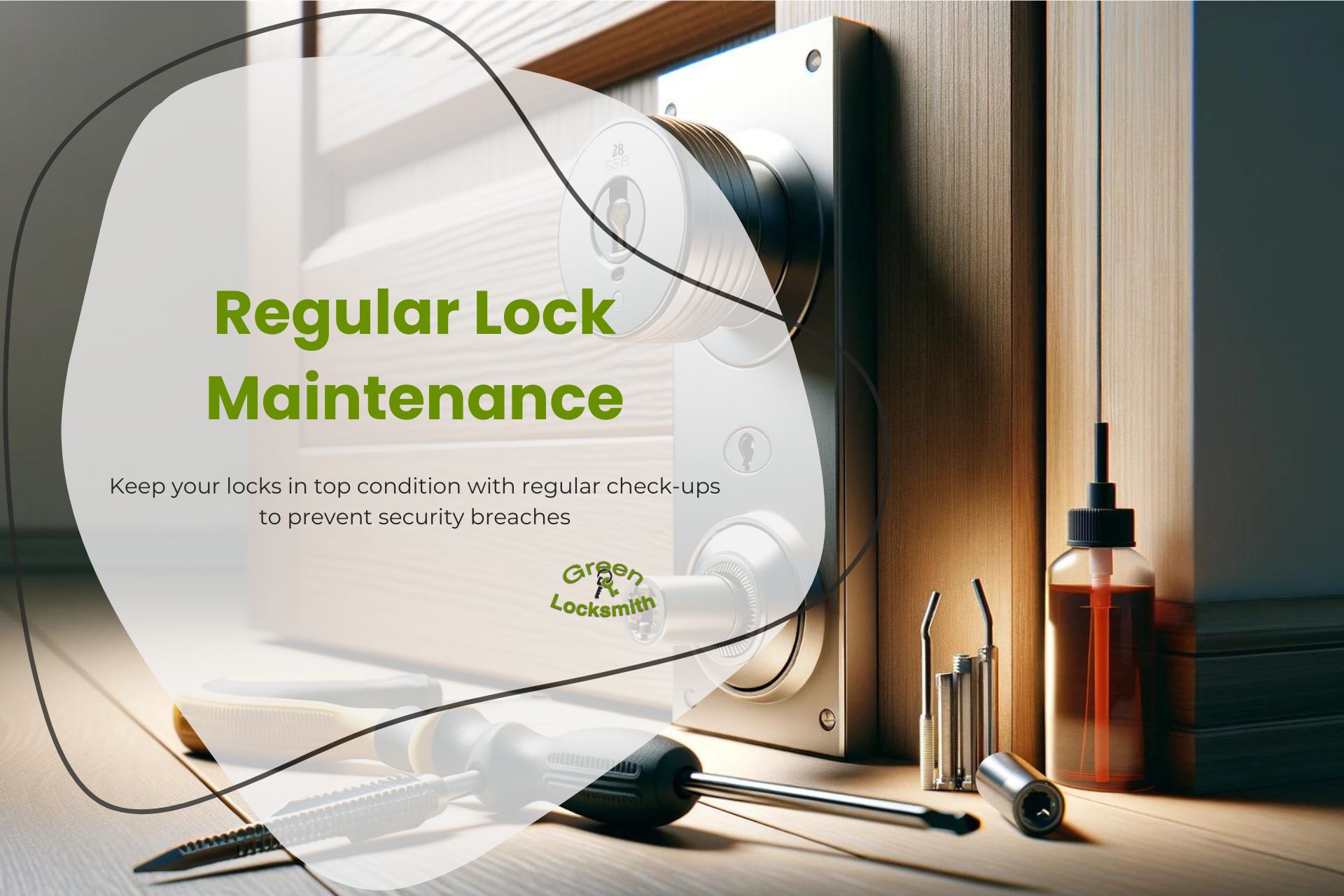Lock bumping and picking might seem like scenes from a thriller film, yet these risks could compromise your safety. Intruders find both methods remarkably easy to use, so it’s critical to shield yourself from these tactics. Here’s how you can upgrade your lock security and maintain your peace of mind.

Short Summary
- Invest in Stronger Locks: Choose high-security locks with advanced protections to improve your home’s defenses.
- Smart Lock Benefits: Upgrade to smart locks. They provide keyless entry and extra security features like alarms and automated lockouts for added safety.
- Enhance with Security Pins: Boost the strength of your existing locks by adding security pins, an affordable way to upgrade your security setup.
- Regular Check-ups: Keep your locks working well by checking and maintaining them regularly to prevent any security gaps.
1. Understanding Lock Bumping and Picking
Alright, let’s get to the basics of lock bumping and picking. Lock bumping is pretty straightforward: it involves a specific key cut to exploit the mechanics of a lock. When you insert this key and give it a quick tap, it can line up the internal pins, allowing the lock to open without the key. Picking, on the other hand, involves using tools to manipulate a lock’s inner workings to open it directly. Unfortunately, many typical locks on doors are not secure against these tricks, which is why you should step up your security.
2. Invest in High-Security Locks
What’s our best advice? Go for high-security locks. These locks have special features to keep out lock bumpers and pickers. They come equipped with intricate pin setups and tough steel parts that are hard to mess with. Top names in the industry, like Schlage and Medeco, offer these kinds of locks. They provide strong protection against break-ins, ensuring your home stays safe.

3. Use Smart Locks with Lock Security Features
Smart locks present a solid choice for upgrading your home security. These locks often feature keyless entry, completely removing traditional lock components, so there’s no worry about lock bumping or picking. They also come with added security benefits like alarm systems, automatic lockouts after several failed attempts, and seamless integration with broader home security systems, enhancing overall safety.

4. Add Security Pins to Existing Locks
If you’re not quite ready to swap out all your locks yet, why not consider boosting their strength with lock security pins? These handy little additions fortify your locks against picking and bumping attempts. They’re a budget-friendly way to bump up your lock’s resilience and keep your home safer.
5. Regular Maintenance and Lock Security Inspection
Just like any other security setup, your locks need a regular once-over to make sure they’re still up to snuff. As time passes, locks can get worn out or grimy, which might make them easier to break into. Having pros like us do regular checks to spot these issues early on before they turn into bigger headaches.

6. Install Additional Lock Security Measures
Don’t just stop at locks! Additionally, adding extra security measures like CCTV cameras, motion sensors, and comprehensive alarm systems can amplify your home’s safety. These tools work great on their own to scare off would-be burglars. Moreover, when paired with strong locks, they create an even stronger barrier that can keep intruders at bay.
7. Educate Your Household or Team on Lock Security
Lastly, make sure everyone at home or work is aware of how to keep things secure. Also, teach them the importance of not leaving spare keys around and always making sure doors are locked. Remember, staying aware keeps your place safe.
Conclusion
There you have it—seven solid strategies to safeguard your property from lock bumping and picking. Remember, it’s worth investing a bit in high-quality locks and security systems now.
Keep these tips in mind and put them into practice to strengthen your home against some crafty burglary tactics. Stay safe out there, and remember, we at Green Locksmith Services are always ready to help with all your lock security needs, whether residential or other locks!
Frequently Asked Questions About Lock Security
What is lock bumping, and how does it differ from picking?
Lock bumping is a method where a unique key, designed to match the pin heights in a standard pin tumbler lock, is used. You insert this key and give it a sharp tap, which causes the pins to jump and align at the shear line, allowing the lock to turn without the correct key. On the other hand, picking requires using specific tools to carefully manipulate each pin one at a time until all are set at the shear line, allowing the lock to open. Picking, as usual, takes more patience and precision, and while bumping can be faster and less noisy. Both techniques need tools and a bit of know-how, but they exploit the lock’s mechanics in different ways to gain entry without the proper key.
Are all locks vulnerable to bumping and picking?
No, not all of them. High-security locks, designed to be tamper-resistant, have features such as cylinders that resist picking and complex configurations of pins that challenge intruders. So, pick locks that adhere to the highest industry standards for optimal protection.
Can installing smart locks prevent lock bumping and picking?
Smart locks greatly lower the chance of these issues because they usually bypass the old key systems. Still, when choosing one, be sure it has robust lock security features like encryption and auto-lockouts to ensure safety.
What are security pins, and how do they improve a lock’s security?
Lock security pins improve a lock’s resistance against common bypass methods like picking and bumping. By introducing irregular shapes within the pins, these mechanisms complicate the manipulation by standard lock-picking tools. Opting to install security pins is an affordable and effective strategy to strengthen the defenses of your existing locks.
How do I pick the right lock for my needs?
Think about the lock’s security level, what you can afford, and what you need, like how well it stands up to weather or heavy use. Talking to a lock security expert can give you tailored advice for your home or business.